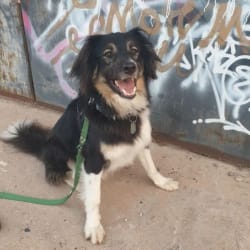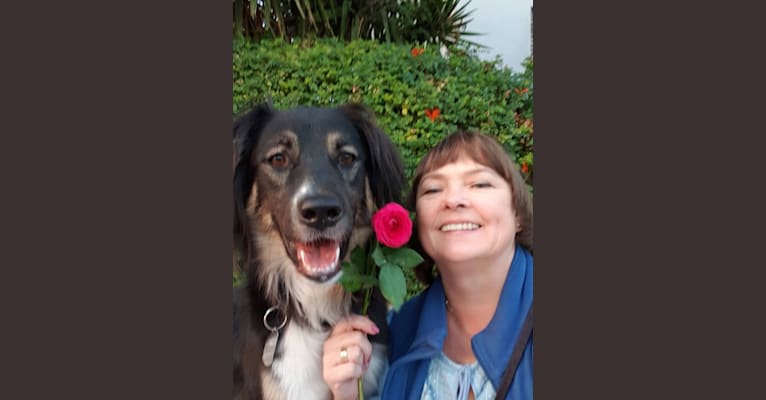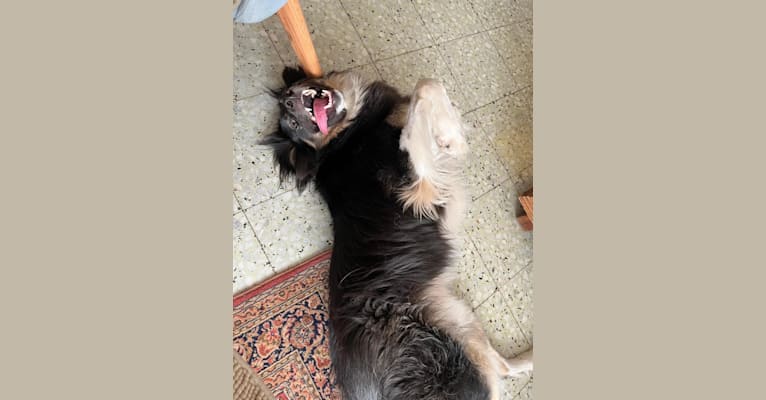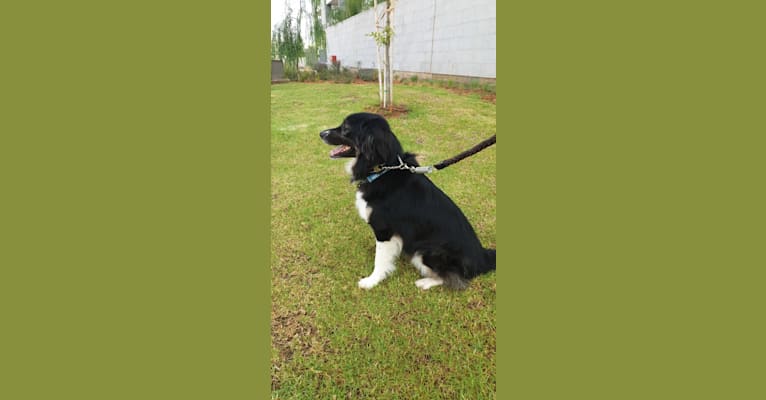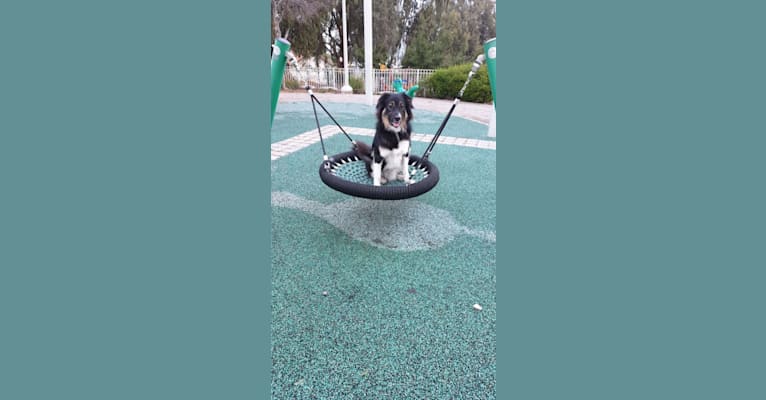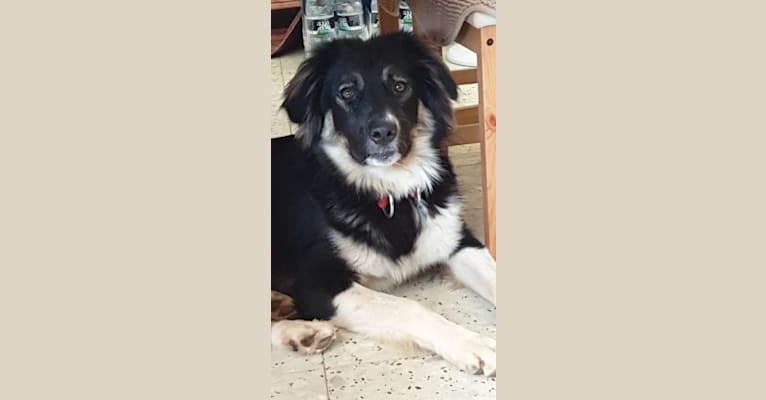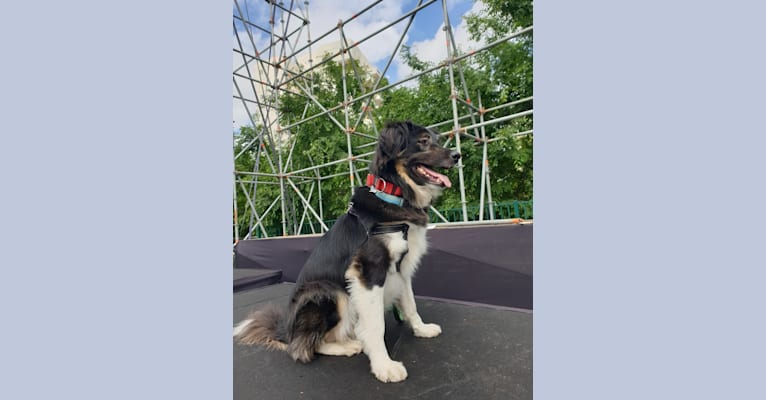Village dogs have lived just about everywhere across the world for thousands of years. Long before there were any recognized dog breeds, there were village dogs around the fires and trash heaps of early human villages. Baloo is part of this ancient heritage, not descended from a specific breed, but continuing the ancient lineage of dogs that were our first, best friends.
Embark's co-founders studied Village Dogs on six continents in their efforts to understand the history, traits, and health of the domestic dog. Through this work, they discovered evidence for the origins of the dog in Central Asia , and they also identified genetic regions involved in domestication and local adaptation. As a result, Embark has the largest Village Dog reference panel of any canine genetics company.
We compared Baloo's DNA to a global panel of thousands of village dogs. This plot highlights regions of the world where Baloo's DNA is most similar to those village dogs. The areas of darkest red reflect the greatest similarity to our village dog panel.
